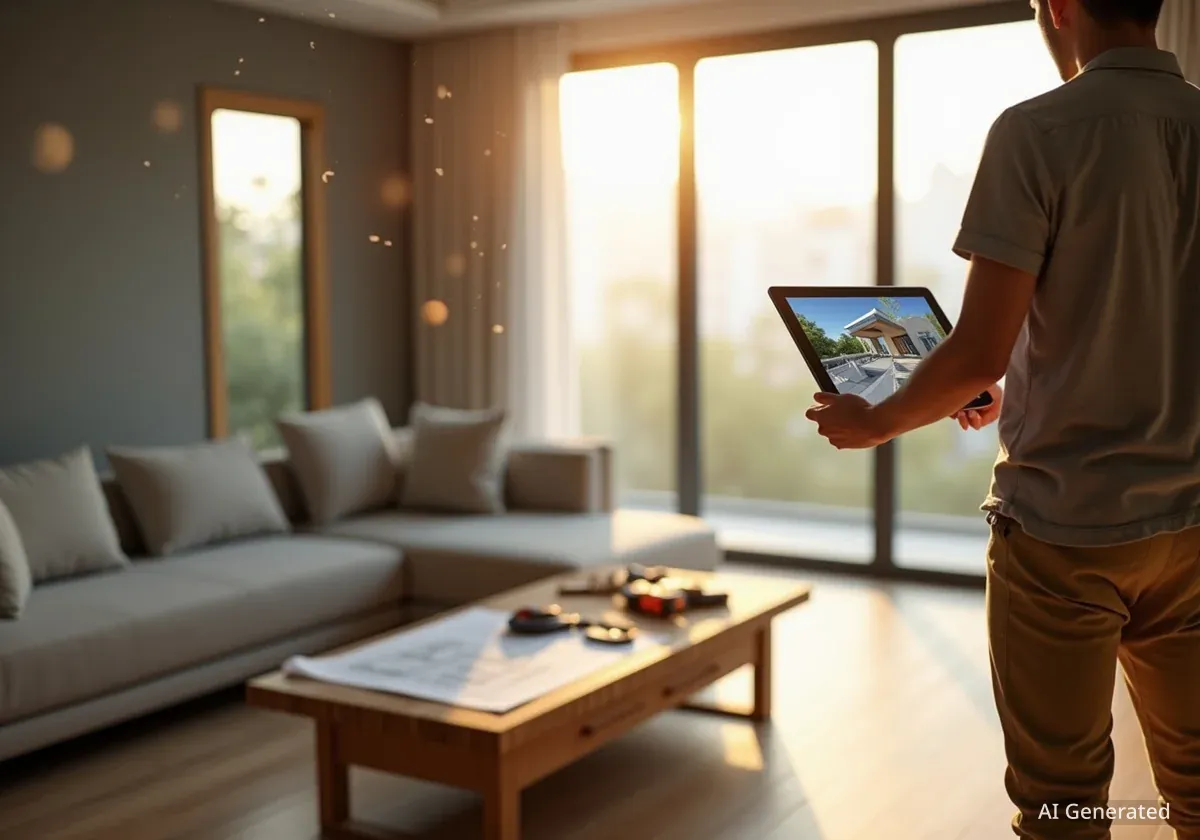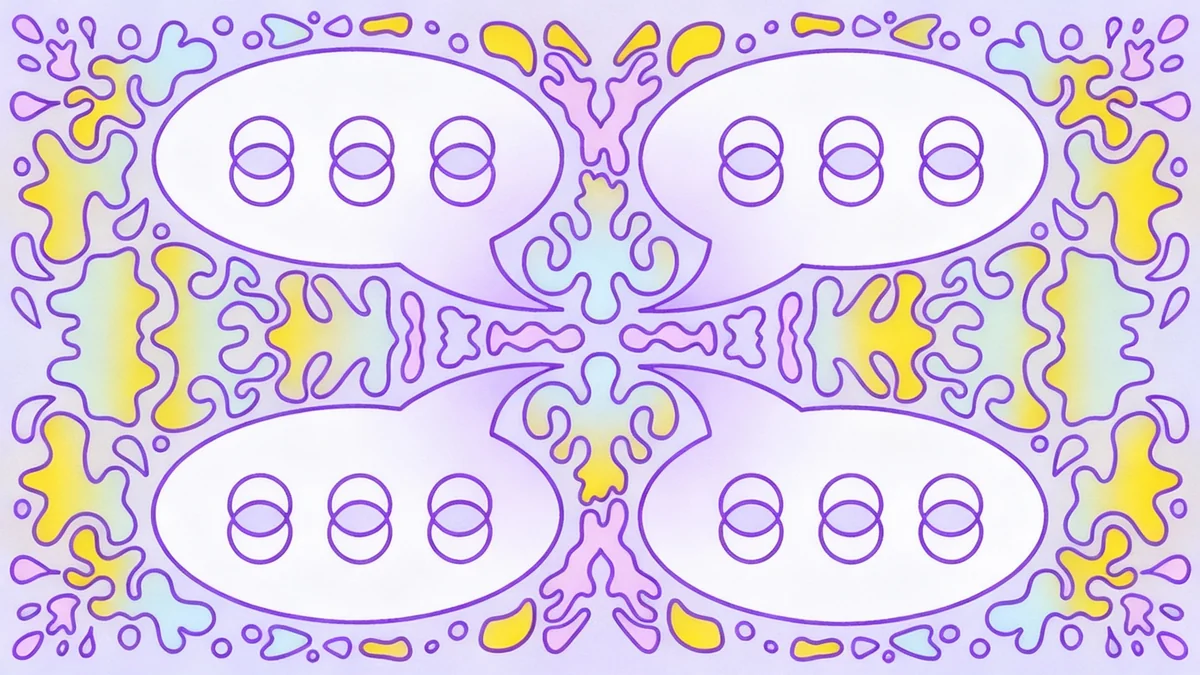Homeowners in Singapore are increasingly using artificial intelligence applications to plan and design their home renovations. This growing trend allows for greater control over the design process and can lead to significant cost savings, with some users reporting they have cut their renovation expenses in half by forgoing traditional interior design services.
Tools ranging from 3D modeling apps to generative AI programs for brainstorming are empowering residents to take a hands-on approach to creating their living spaces. While this shift offers flexibility and financial benefits, industry professionals caution that relying solely on AI may overlook critical aspects of technical feasibility and professional execution.
Key Takeaways
- A growing number of Singaporean homeowners are using AI tools like Planner 5D and ChatGPT for home renovation projects.
- The primary motivations are cost savings and increased design flexibility, with some users saving up to 50% on project costs.
- One homeowner successfully renovated a 93-square-meter flat for S$25,000 using AI, a project that could have cost double with a traditional designer.
- Interior design professionals warn that AI tools may lack the technical expertise to account for structural limitations, material properties, and project management complexities.
A New Era of Digital Home Design
The traditional process of renovating a home often involves hiring an interior designer to create floor plans, select materials, and manage contractors. However, the rise of accessible generative AI has introduced a new alternative for tech-savvy homeowners. These digital tools are changing how people visualize and execute their interior design ideas.
Platforms like Planner 5D allow users to create detailed 3D models of their homes. They can experiment with different layouts, place virtual furniture, and test various color schemes and materials. This provides a realistic preview of the final result before any physical work begins.
Other programs, such as OpenAI's ChatGPT and the image generator Midjourney, are used for conceptualization. Homeowners can input simple text prompts describing a desired style, such as "minimalist Scandinavian living room with natural light," and receive a variety of design suggestions and visual inspirations.
How AI Design Apps Work
Most AI interior design apps use a combination of 3D modeling software and machine learning algorithms. Users typically upload a floor plan or create one from scratch. The AI can then generate layout suggestions, recommend furniture that fits specific dimensions, and create photorealistic renderings of the space from different angles. This technology puts powerful visualization capabilities directly into the hands of consumers.
Case Study: A Hands-On Renovation Project
Riana J. Saman, a 35-year-old dance instructor in Singapore, recently renovated her family's new 93-square-meter (1,001 sq ft) flat using this modern approach. Instead of hiring a designer, she relied on the AI-powered app Planner 5D to map out every detail of her home.
Using her smartphone, she could virtually arrange furniture in her master bedroom, adjusting dimensions to ensure a perfect fit. If she considered buying a new piece of furniture, she would find its measurements online and input them into the app to see how it would look in the space.
"It’s so easy, I wish more people knew about it," Saman said. "If we’re planning to buy a piece of furniture, I’ll look up its dimensions, choose one the app has that looks the most similar, and input the numbers."
This method allowed her to experiment freely with different layouts and styles without the back-and-forth communication required with a third-party designer. The ability to make instant changes and visualize the outcome gave her the confidence to manage the project herself.
The Financial Impact of DIY AI Design
One of the most compelling reasons for this trend is the potential for significant financial savings. By taking on the design role, homeowners can eliminate the fees typically charged by interior design firms, which can account for a substantial portion of a renovation budget.
For Riana J. Saman, the decision to use AI instead of a professional designer had a clear impact on her finances. Her total renovation costs amounted to S$25,000 (approximately US$19,400). She estimates that this figure is about half of what she would have spent if she had hired a traditional interior designer for the project.
Cost Breakdown
- Total Renovation Cost with AI: S$25,000
- Estimated Cost with Designer: S$50,000
- Potential Savings: 50%
These savings can be reallocated to higher-quality materials, better appliances, or simply kept to reduce the overall financial burden of moving into a new home. The low cost of the AI apps themselves—many of which operate on a subscription or freemium model—makes the initial investment minimal compared to professional service fees.
Industry Perspective and Potential Limitations
While the benefits for consumers are clear, professionals in the interior design industry advise a degree of caution. They argue that while AI is excellent for visualization and brainstorming, it cannot replace the nuanced expertise of a trained human designer.
Feasibility and Technical Knowledge
A key concern is feasibility. An AI program can generate a beautiful design, but it may not account for the practical constraints of a building. This includes understanding structural walls, plumbing and electrical systems, and the specific properties of building materials. A professional designer ensures that a plan is not only aesthetically pleasing but also safe, compliant with building codes, and structurally sound.
Project Management and Finesse
Furthermore, the role of an interior designer extends beyond just creating a layout. They act as project managers, coordinating with contractors, suppliers, and artisans to ensure the work is executed correctly and on schedule. This logistical oversight is a critical component that AI tools do not provide.
Industry experts also point to the element of finesse. A seasoned designer brings a deep understanding of lighting, texture, and spatial flow that is developed through years of experience. They can solve unexpected problems on-site and make subtle adjustments that elevate a space from good to exceptional—a level of artistry that algorithms have yet to replicate.
The Future of Home Renovation
The emergence of AI in home design does not necessarily signal the end of the interior design profession. Instead, it suggests an evolution. Many experts believe the future lies in a hybrid model where homeowners use AI for initial planning and designers leverage the technology to collaborate more effectively with clients.
AI can serve as a powerful tool to streamline the early stages of a project, helping clients better articulate their vision. This can lead to a more efficient and collaborative process, freeing up designers to focus on the technical execution and creative details that require human expertise.
As AI technology continues to advance, its capabilities will undoubtedly become more sophisticated. For now, it offers Singaporean homeowners an unprecedented level of control and affordability in shaping their personal living spaces, marking a significant shift in the landscape of home renovation.





